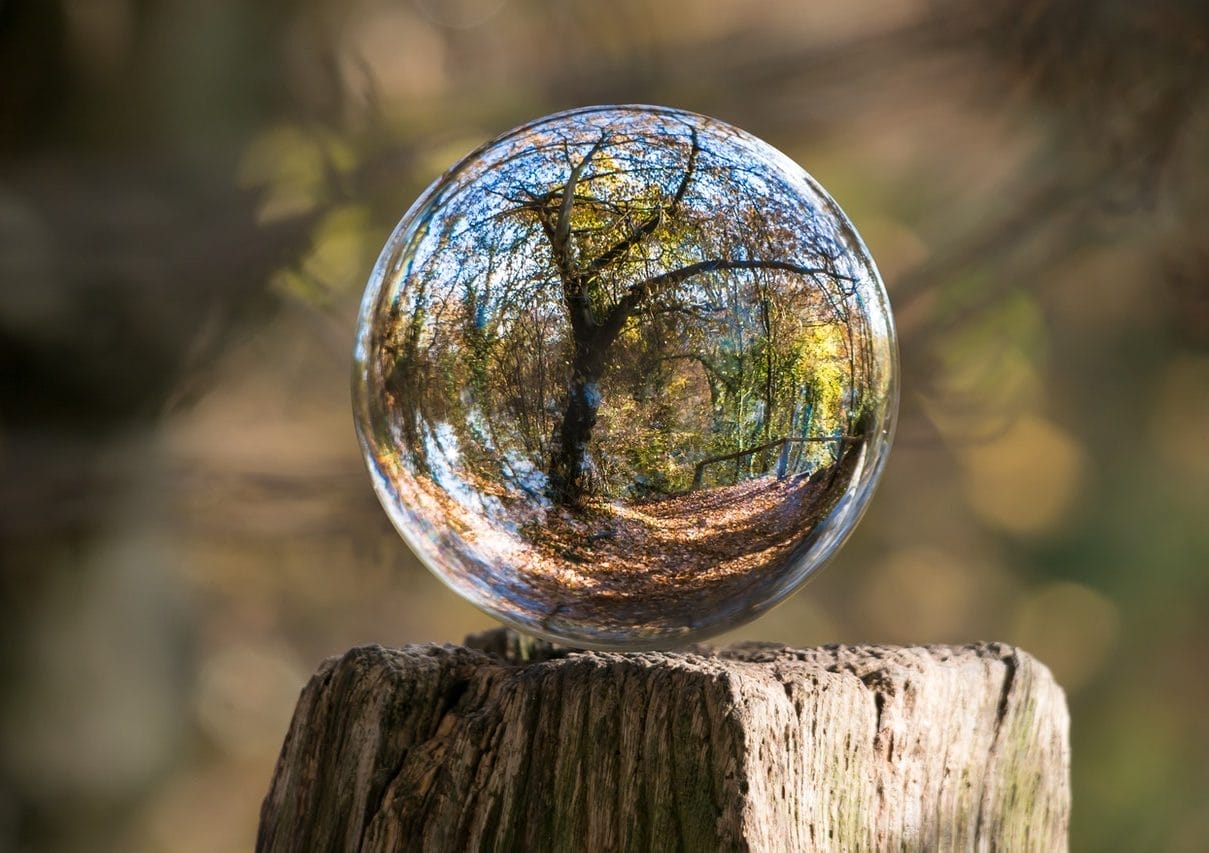One of the most impactful things we can do is inspire and equip youth to be conservation leaders.
‘Next Generation Stewards’ broadens students’ understanding of the connections among the parts of a Pacific Northwest forest. This video series explores the living and nonliving parts of a healthy forest ecosystem and actions we can take to help protect them.
How to use these videos: watch a video, do the activity, and repeat! We look forward to seeing what you create! As you complete the activities, send us an email at education@mtsgreenway.org, and we might share them on social media.
1) Introduction to Next Generation Stewards
To be good stewards (or caretakers) of forests, we must understand how they work. This video introduces two key concepts: forests as systems of connections and the important role of stewards who take care those forests. Activity: Make an Ecosystem Web.
2) Abiotic Parts: Light
Light is a vital nonliving element of a forest ecosystem. Plants get their energy from light. So, no light means no plants; and without plants the organisms that eat them, and the organisms that eat THEM, all the way up, couldn’t survive either. Activity: Sit Spot: Focus on the Sun.
3) Abiotic Parts: Air
Animals and plants need air to survive. When the air is dirty with things like car exhaust or smoke or other pollutants, it can damage the tissues inside our lungs and inside other organisms’ lungs. As ecosystem stewards, it’s our job to make sure the air is clean! Activity: Sit Spot: Focus on the Wind.
4) Abiotic Parts: Water
Water is a defining feature of ecosystems, and the amount and type of water in a place determines what organisms can live there. Animals drink it, plants suck it up through their roots, some organisms even bring it into their bodies by absorbing it directly into their cells. Activity: Water Cycle in a Bag.
5) Abiotic Parts: Soil Basics
The abiotic parts of soil are the fourth ecosystem component that determine which organisms can thrive in an ecosystem. Soil provides nutrients, offers stability, and acts as habitat for organisms in the ecosystem. We can be stewards of soil by protecting it from erosion. Activity: Find the LAWS in your Sit Spot.
6) Biotic Parts: Producers
Producers are organisms that can make their own energy- like plants! They transform energy from the sun into a form that other organisms can use. We can be stewards of producers by removing invasive plants and planting native species. Activity: Sprouting Seeds.
7) Biotic Parts: Consumers
Consumers are organisms that get their energy by eating other organisms. One way to be a steward of consumers is by taking care of their habitat! Activity: What Do I Consume?
8) Biotic Parts: Decomposers
Decomposers are organisms that break down dead materials. They recycle the nutrients bound up in dead organisms, releasing them back into the ecosystem for the next generation of life to use. As ecosystem stewards, it’s our job to recognize the importance of these amazing organisms and teach others that they’re not just icky and gross. Activity: Grow a Decomposer Garden.
9) Spotlight on Soil
Soil is a fascinating biotic AND abiotic part of forest ecosystems, containing rocks, minerals, decomposed organic matter, and a multitude of living organisms. As ecosystem stewards, it’s our job to help healthy soil develop by allowing natural decomposition to take place. Activity: Spotlight on Soil.
10) Pollinators
Pollinators are a specialized group of consumers that help plants reproduce, and they help make a lot of the food that we eat! We can be stewards of pollinators by taking care of the native wildflowers that they love to eat. Activity: Pollinator Survey.
11) Biodiversity
Biodiversity is the variety of life in an ecosystem. More biodiverse ecosystems are healthier and more resilient. As ecosystem stewards, we can protect biodiversity by protecting ALL organisms, not just the ones we like. Activity: Draw an Ecosystem Web.
12) Stewardship
As ecosystem stewards, there are so many ways we can act to take care of the ecosystems around us. Let’s brainstorm ways to take stewardship action! Activity: Stewardship Pledge.
13) Conclusion
Let’s review what we’ve learned in this series and add just a little more- not only can we help ecosystems, but they help us, too! Spending time interacting with nature improves our physical and mental health and even our societies! Activity: Thank You, Ecosystem.

